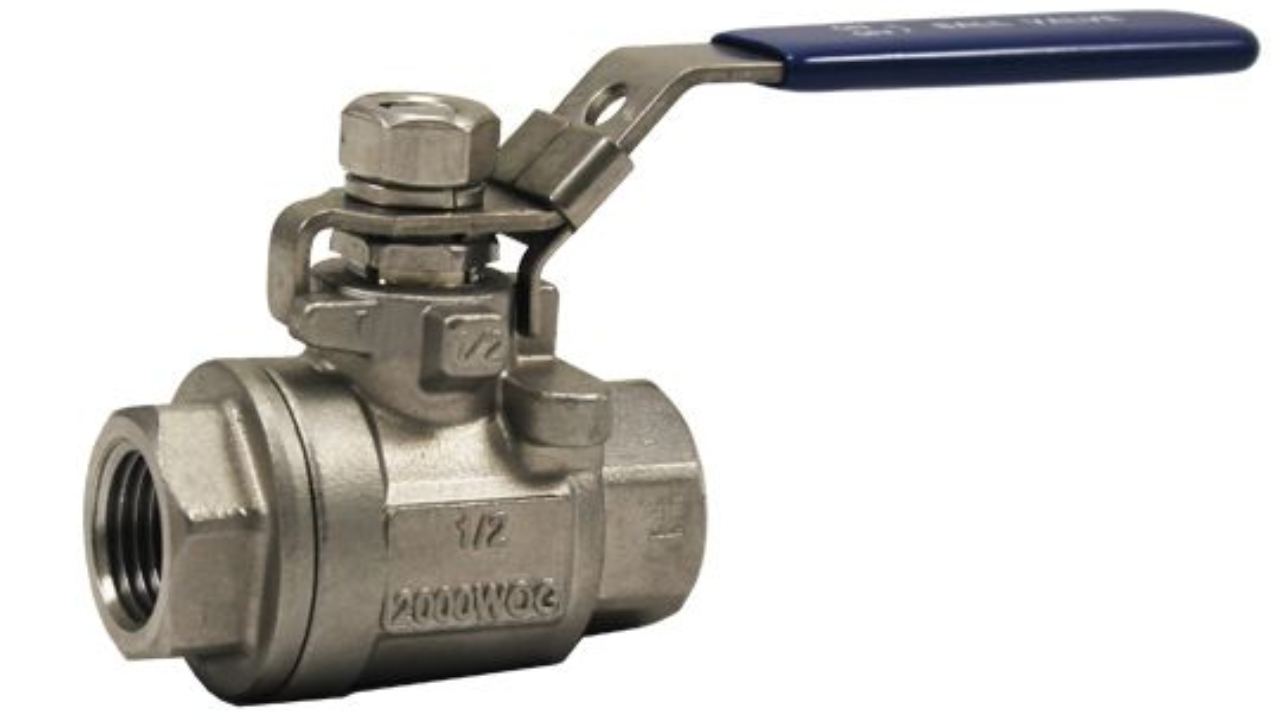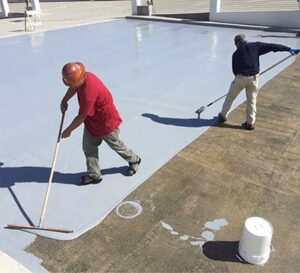Piping is an essential component of almost all industries. Any issue in the piping can disrupt critical processes in the plant. Also known as water hammer or fluid hammer, a surge in pressure is a problem that can cause severe damage to pipes. This problem occurs when the flow rate changes quickly. Actions like starting or stopping pumps and opening or closing valves increase the risk of surges in pressure. From faulty piping design to wrong choice of high-pressure ball valves, many other things can go wrong and cause this problem.
Causes of Surge in Pressure
A surge in pressure, or water hammer, typically occurs due to sudden changes in the velocity of the fluid within the pipe. These changes can be triggered by various actions, including the rapid opening or closing of high-pressure water valves, sudden pump failures, or the abrupt starting and stopping of machinery connected to the piping system. When fluid velocity changes suddenly, it causes a shock wave to propagate through the pipe, resulting in a pressure surge.
One common scenario involves the sudden closure of a valve, which stops the flow of water instantly. The kinetic energy of the moving water is then converted into a pressure spike that travels back through the pipe. This can cause the pipe to vibrate and potentially burst if the pressure exceeds the pipe’s design limits. High-pressure ball valves are particularly susceptible to causing such issues if not operated correctly or if they malfunction.
Effects of Pressure Surges
Pressure surges can have several detrimental effects on a piping system. The immediate impact is the physical stress on the pipes, which can lead to deformation or even rupture in severe cases. This not only results in costly repairs but also poses significant safety hazards, especially in industrial settings where high-pressure water valves are common.
Moreover, repeated pressure surges can weaken the structural integrity of the piping system over time, leading to long-term maintenance challenges and increased risk of catastrophic failures. The noise generated by water hammer can also be a nuisance, disrupting normal operations and indicating underlying issues that need to be addressed.
Mitigating Surge in Pressure
To mitigate the risk of pressure surges, it is crucial to design piping systems with proper considerations. This includes selecting the right type of valves, such as high-pressure ball valves that can handle the operational stresses without causing abrupt flow changes. Here are some strategies to prevent surge-related issues:
Gradual Valve Operation
Ensuring that valves, especially high-pressure water valves, are operated gradually can prevent sudden changes in flow velocity. Automated valve actuators can be programmed to open and close valves slowly, reducing the risk of pressure surges.
Pressure Relief Valves
Installing pressure relief valves can help manage pressure spikes by allowing excess pressure to be safely vented out of the system. These valves act as a safeguard, ensuring that the pressure within the pipes remains within safe limits.
Surge Tanks
Surge tanks can absorb the energy from pressure surges, thereby protecting the piping system. These tanks act as a buffer, accommodating the sudden influx of water and gradually releasing it back into the system.
Proper Piping Design
Good piping design practices, such as using pipes with adequate thickness and strength, can mitigate the effects of pressure surges. Additionally, avoiding sharp bends and turns in the piping layout can minimize the turbulence that contributes to pressure spikes.
Regular Maintenance and Inspection
Routine maintenance and inspection of the piping system and associated components, like high-pressure ball valves, are essential to identify and address potential issues before they escalate. Ensuring that all components are in good working condition can significantly reduce the likelihood of pressure surges.
Role of High-Pressure Ball Valves
High-pressure ball valves play a critical role in managing the flow of fluids within a piping system. These valves are designed to withstand high pressures and provide a reliable means of controlling fluid flow. However, their operation must be carefully managed to prevent pressure surges.
The sudden opening or closing of high-pressure ball valves can cause significant changes in fluid velocity, leading to water hammer effects. To avoid this, it is important to ensure that these valves are operated gradually and are properly maintained to function smoothly. Additionally, selecting high-quality high-pressure ball valves that are designed for the specific operating conditions of the system can help mitigate the risk of pressure surges.
Conclusion
Pressure surges in piping systems, often referred to as water hammer, can cause severe damage and disrupt critical industrial processes. These surges are typically caused by sudden changes in fluid flow velocity, often triggered by the rapid operation of valves or pumps. The consequences of pressure surges include physical damage to pipes, long-term structural integrity issues, and operational disruptions.
Mitigating the risk of pressure surges requires a combination of proper piping design, the use of appropriate valves such as high-pressure ball valves, and the implementation of preventative measures like pressure relief valves and surge tanks. Regular maintenance and inspection are also crucial to ensure that all components are functioning correctly and to identify potential issues before they escalate. By addressing these factors, industries can protect their piping systems from the damaging effects of pressure surges and maintain smooth, efficient operations.













+ There are no comments
Add yours